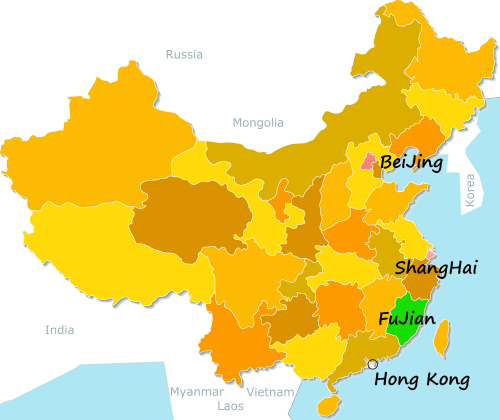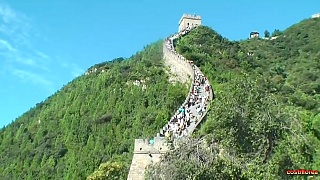Hong Kong family explore their ancestral origins, including the awesome Hakka tulou.
With Cynny Goes To China ...
[640],shadow=true,start=,stop=
Live more ...
 ZhangZhou trip, FuJian province
ZhangZhou trip, FuJian provinceHong Kong family explore their ancestral origins, including the awesome Hakka tulou.
With Cynny Goes To China ...
[640],shadow=true,start=,stop=

|
|

|
With Walk East ...
|

|
With LongMeiMei in GuiZhou ...
Bonus film - veggie feast with all the vegetables in the yard ...
|

|
JūYōng Guān (JuYong Pass) is the nearest section of the Great Wall of China to Beijing - about 50 kilometers (31 miles) from the city center.
|

|
With YChina! ...
|

|
Dr Rangan Chatterjee talks with Jay Shetty ...
|

|
With Jerry Goode ...
Bonus film - "I spent a day delivering packages in China, what can we learn about China's Advanced Logistics?" with Jerry Kowal 我是郭杰瑞 ...
|